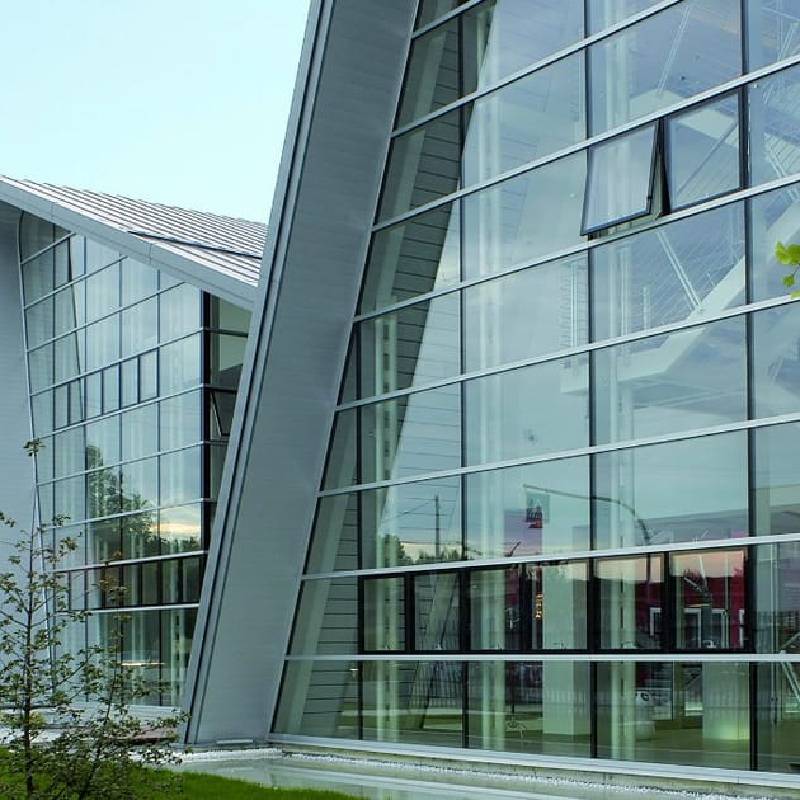

The Promise of Low Energy Glass
In the quest for sustainable building materials, low energy glass has emerged as a frontrunner, revolutionizing both modern architecture and energy efficiency. This advanced glazing technology offers a plethora of benefits that align perfectly with the global movement towards greener living and reduced carbon footprints.
Low energy glass, also known as high-performance glass, is designed to minimize energy loss in buildings while maximizing natural light. Its special coatings or tinting effectively reflect heat from the sun during warmer months and retain warmth during colder seasons. This dual functionality is beneficial for homeowners and businesses aiming to reduce their reliance on artificial heating and cooling systems, ultimately leading to significant energy savings.
One of the key advantages of low energy glass is its ability to enhance indoor comfort. Traditional glass windows often allow for significant temperature fluctuations, leading to drafts in winter and heat buildup in summer. In contrast, low energy glass maintains a consistent indoor climate, significantly improving the comfort level of spaces while reducing the strain on HVAC systems.

Moreover, low energy glass supports the concept of passive solar design. By strategically positioning windows made of low energy glass, architects and builders can harness the sun's energy to warm spaces naturally during the day. This method not only cuts energy costs but also enhances the use of renewable energy sources, reducing reliance on fossil fuels.
The aesthetic appeal of low energy glass cannot be overlooked. Available in various styles and finishes, it allows designers greater flexibility in creating beautiful, modern facades that do not compromise on efficiency. Whether it's a sleek commercial building or a cozy residential space, low energy glass can seamlessly integrate into any design, thus contributing to the overall beauty of the structure.
Furthermore, the production and installation of low energy glass have a relatively low environmental impact compared to traditional materials. Innovations in manufacturing techniques and the use of sustainable resources play significant roles in minimizing waste and energy use during production.
In conclusion, low energy glass represents a crucial step forward in sustainable architecture. By leveraging its energy-efficient properties, improving indoor comfort, and offering aesthetic versatility, this innovative material embodies the principles of modern sustainable design. As we continue to face the challenges of climate change and environmental degradation, adopting technologies like low energy glass will be essential for creating a more sustainable and energy-efficient future.